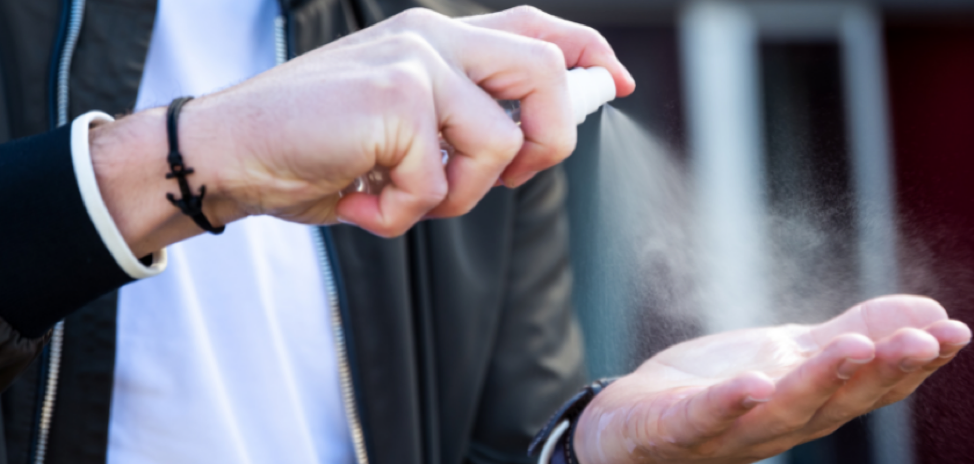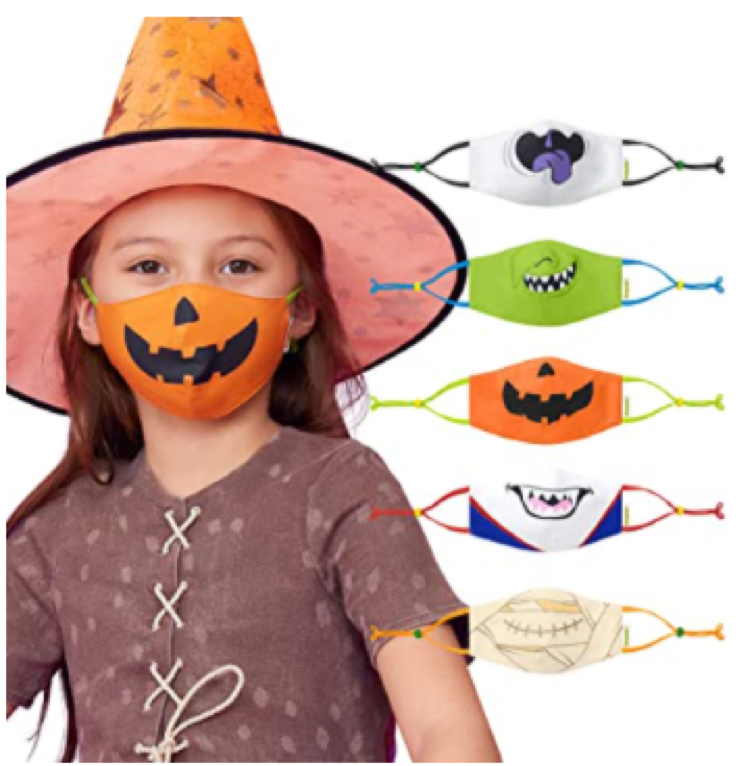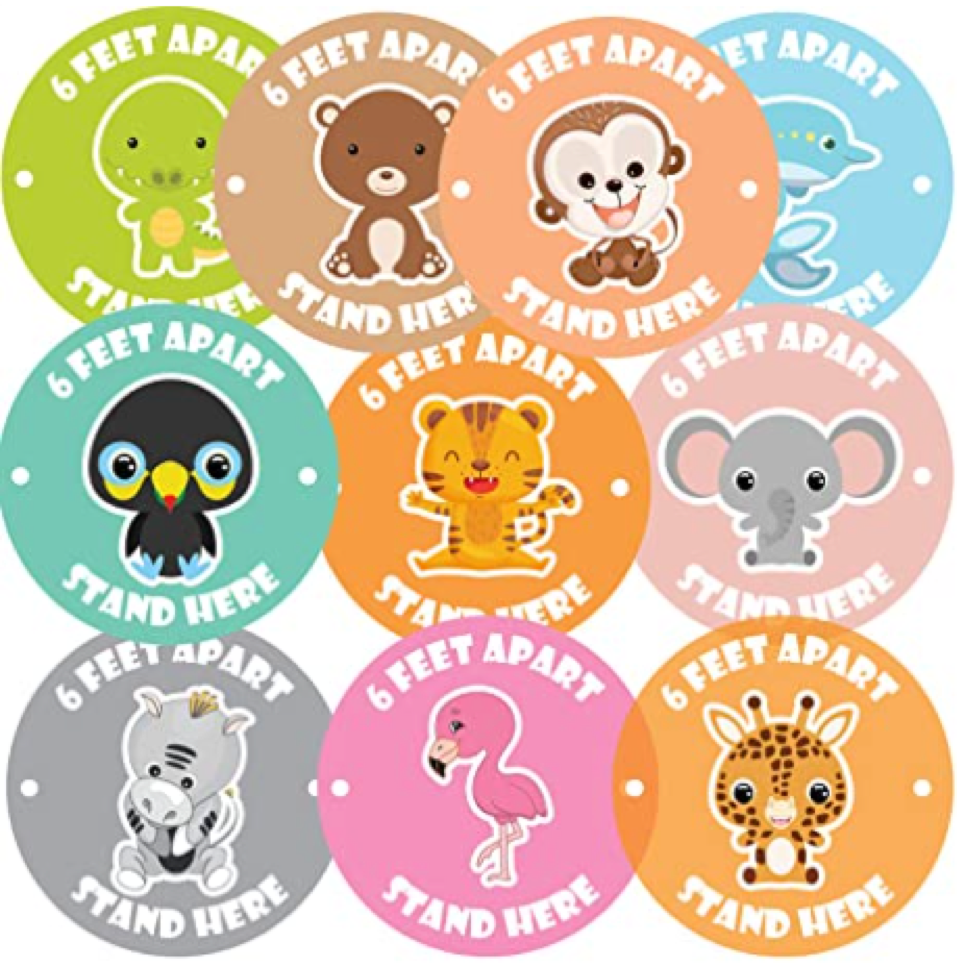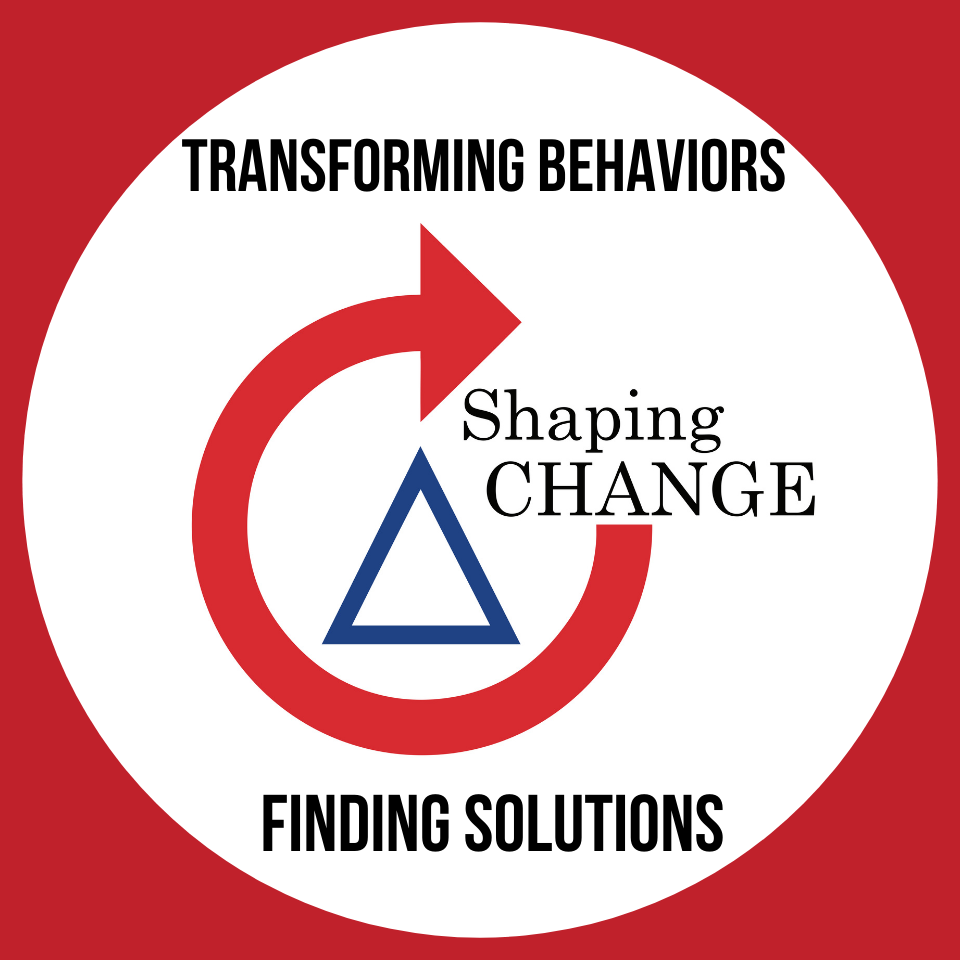School is back in session!
Most schools across the country have resumed in-person classes at all levels of education, from daycares to higher education.
This is creating mixed feelings of worry, relief, and happiness—worry because of the ongoing COVID-19 pandemic, and relief and happiness to have your child(ren) back in school with peers, where they can socialize and begin to regain some sense of normalcy.
How to keep your kid(s) safe at school during COVID-19 is likely constantly running through your mind.
If you have a child(ren) with autism, these feelings and thoughts may be exacerbated.
 |
It can be hard to figure out exactly how to do just that—keeping kids safe at school.
As a parent, you cannot be in the classroom with your child, but you can teach and practice COVID-19 precautions and safety at home.
Teaching and practicing things like proper handwashing and coughing and/or sneezing into the elbow at home can go a long way.
All schools have different rules and regulations about how students go through their days at school.
Some schools have mask mandates in place, while others are promoting social distancing. It is important to stay up to date on what the school your child(ren) is attending is encouraging and enforcing.
This helps you know what to teach and practice at home and helps your child(ren) be better equipped for the school days ahead.
Individuals with autism may have a harder time following the recommended guidelines provided by the school and what you may want to teach based on your family’s preferences. They may benefit from additional teaching and practice at home.
Handwashing
Teach and practice handwashing at home. Remember to teach how long to wash for, how to properly wash hands, including the backs and in-between fingers, and how to close the faucet and dry off properly. Don’t forget to teach when it is necessary to wash hands—these can be times when the hands are visibly dirty, before and after eating, and after returning from playing outside or with toys.
 |
The Centers for Disease Control and Prevention (CDC) recommend washing hands with soap and water for at least 20 seconds. Learn more about when and how to wash your hands here.
You can use a visual with the handwashing steps, a handwashing timer, or a visual timer with music.
Hand Sanitizer
Soap and water may not always be available to wash hands. It is important to also teach how to properly use hand sanitizer and to follow recommendations for the use of hand sanitizer and young children. Supervision during use is needed. When using hand sanitizer, make sure to cover all areas of the hands and wait for it to dry. Check out the CDC guidelines here.
Travel-size hand sanitizer bottles with a carrier to attach to a backpack can be very convenient for older kids.
 |
Coughing/Sneezing
Coughing and sneezing can happen without underlying illness. Symptoms should always be monitored to be sure. Teach your child(ren) to cough and/or sneeze into a tissue or the crease of their elbow if a tissue is not available. They should then wash their hands properly.
Travel-size tissues to keep inside of their backpack, lunchbox, and at their desk can help to prevent the spread of germs when coughing and/or sneezing and come in handy to wipe hands, too.
Masks (if required by the school)
If the school your child goes to, requires masks, it is a good idea to practice proper mask-wearing, including putting on and taking off, at home. The CDC recommends washing your hands before putting on a mask and avoiding touching the mask while wearing it.
Keeping a mask on and not touching can be hard for kids, so practicing this at home if it is required by the school can help them get more use to it and implement proper mask-wearing.
Find masks your child(ren) likes!
There are so many masks available now. Have your child be a part of the process of choosing their mask or order masks with their favorite character or color. Check for proper fit, to make sure it will protect and stay on properly. Proper fit can also reduce the need to adjust it often.
 |
Remember to always check the CDC and health expert guidelines for how to select masks and read the product description before making a purchase.
Social Distancing
Social distancing is hard and can be even harder for kids who spent so many months learning virtually without being able to see their peers as they typically would at school. Practice at home based on the school’s guidelines for social distancing and those of the CDC and health experts.
Using visual and physical markers can help teach social distancing. Check out these examples:
 |
Communication
Talk to your child(ren) about staying safe in school during the ongoing COVID-19 pandemic. Use language your child(ren) will understand and encourage them to talk to you about their school day.
Need More Help?
If you need help teaching and practicing to keep your kid(s) safe at school during the ongoing COVID-19, contact us.
We are Shaping Change and we are here to help you transform behaviors and find solutions. Our newest location is 3200 S. Congress Ave. Ste 204 in Boynton Beach. You can also contact us by calling 561-SHAPING (742-7464)
 |
Disclaimer: The information and content in this blog and any links and materials are not intended to be and should not be construed or substituted as medical advice, diagnosis, or treatment. Always seek the advice of your physician and or other qualified healthcare professionals with any questions you may have.



